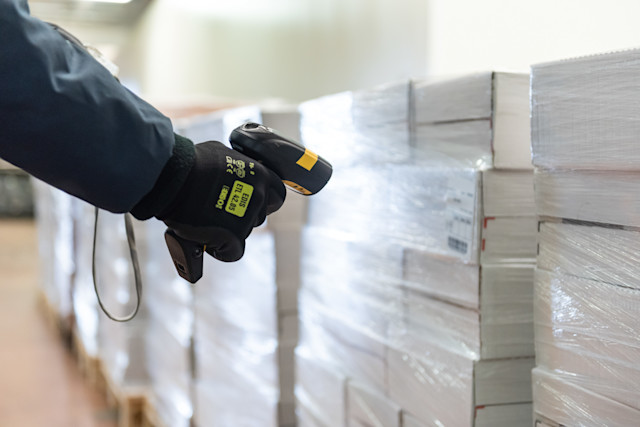29th July 2025
The Importance of Food Traceability

Index
What is food traceability?
Regulations on food traceability
How to implement an effective traceability system
What is food traceability?
Definition and meaning
Food traceability is the process of tracking a product's journey throughout the supply chain, from production to the end consumer.
Difference between traceability and retraceability:
Traceability
the ability to trace the product's path forward.
Retraceability
the ability to trace back to the product's origin.
This practice is essential for ensuring food safety and protecting consumers.
Regulations on food traceability
A critical regulatory framework
Food traceability is regulated at the European level by Regulation EC 178/2002, which stipulates:
The obligation for companies to ensure a traceability system throughout the supply chain.
The necessity of maintaining precise records on suppliers and customers.
The ability to quickly recall products in case of safety issues.
Benefits of the regulations:
Enhance transparency for consumers.
Reduce risks related to food safety.
Strengthen trust in products.
How to implement an effective traceability system
Key steps for an optimal system
A well-designed food traceability system should be reliable, user-friendly, and adaptable.
Main steps:
Digitize processes
use software to monitor the entire supply chain.
Clear labeling
include information like origin, batch, and expiration date.
Train staff
ensure all operators are familiar with procedures.
Regular audits
check compliance with regulations and system quality.
These measures ensure continuous monitoring and effective management of stock and inventory.
FAQ
How is product traceability done?
It uses recording, labeling, and digital monitoring systems to track the product throughout the supply chain.
What does product traceability and retraceability mean?
Traceability tracks the product forward to the consumer, while retraceability traces back to its origin.
What is meant by traceability?
It is the ability to monitor a product's journey along the supply chain to ensure safety and quality.
Visit our website to explore digital solutions for food traceability.